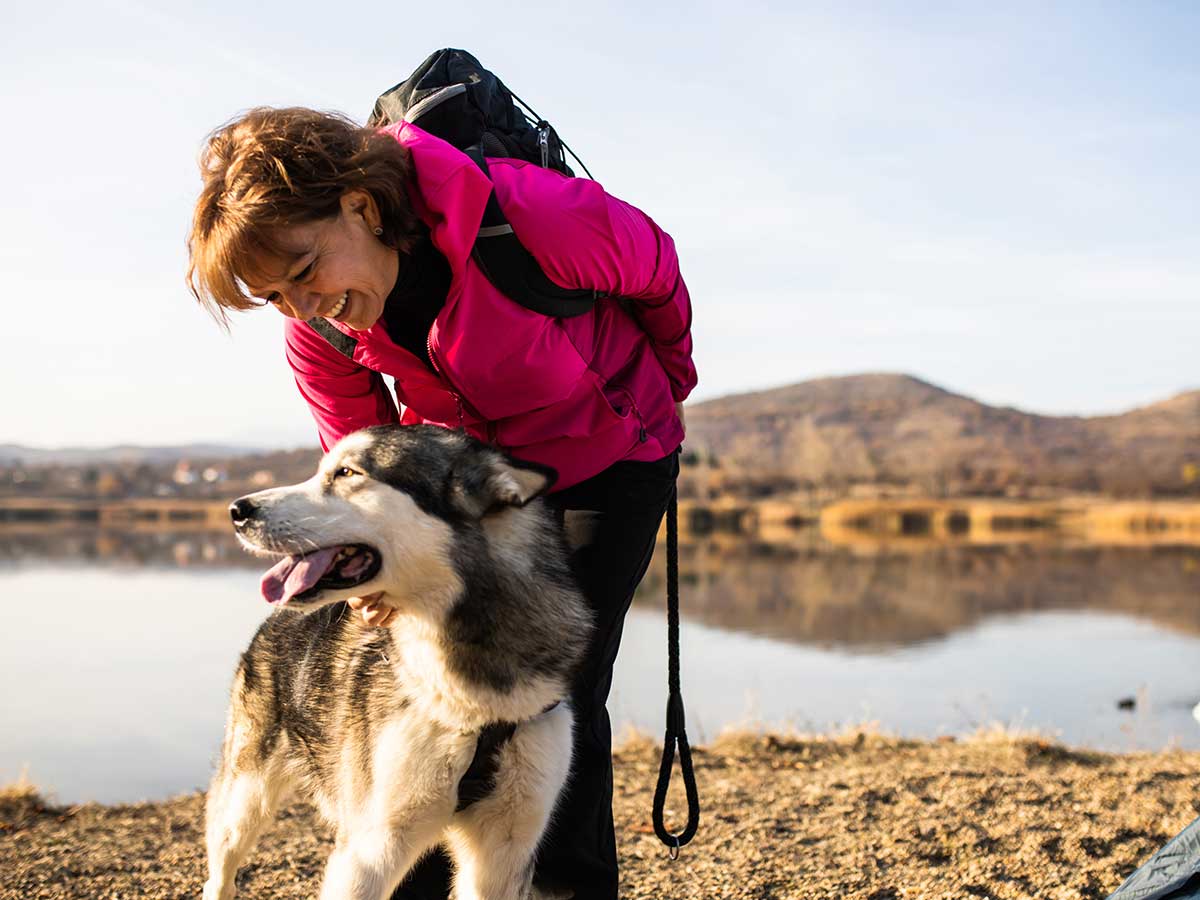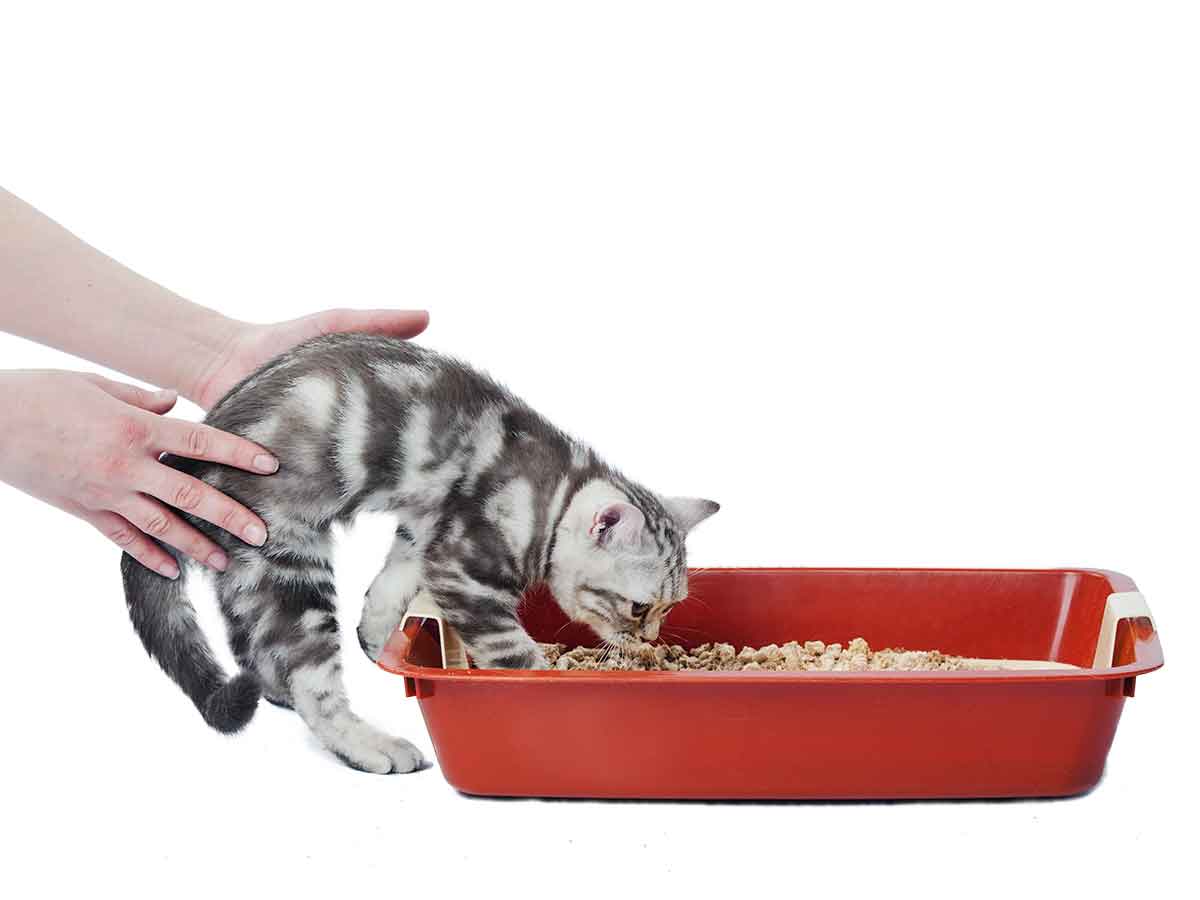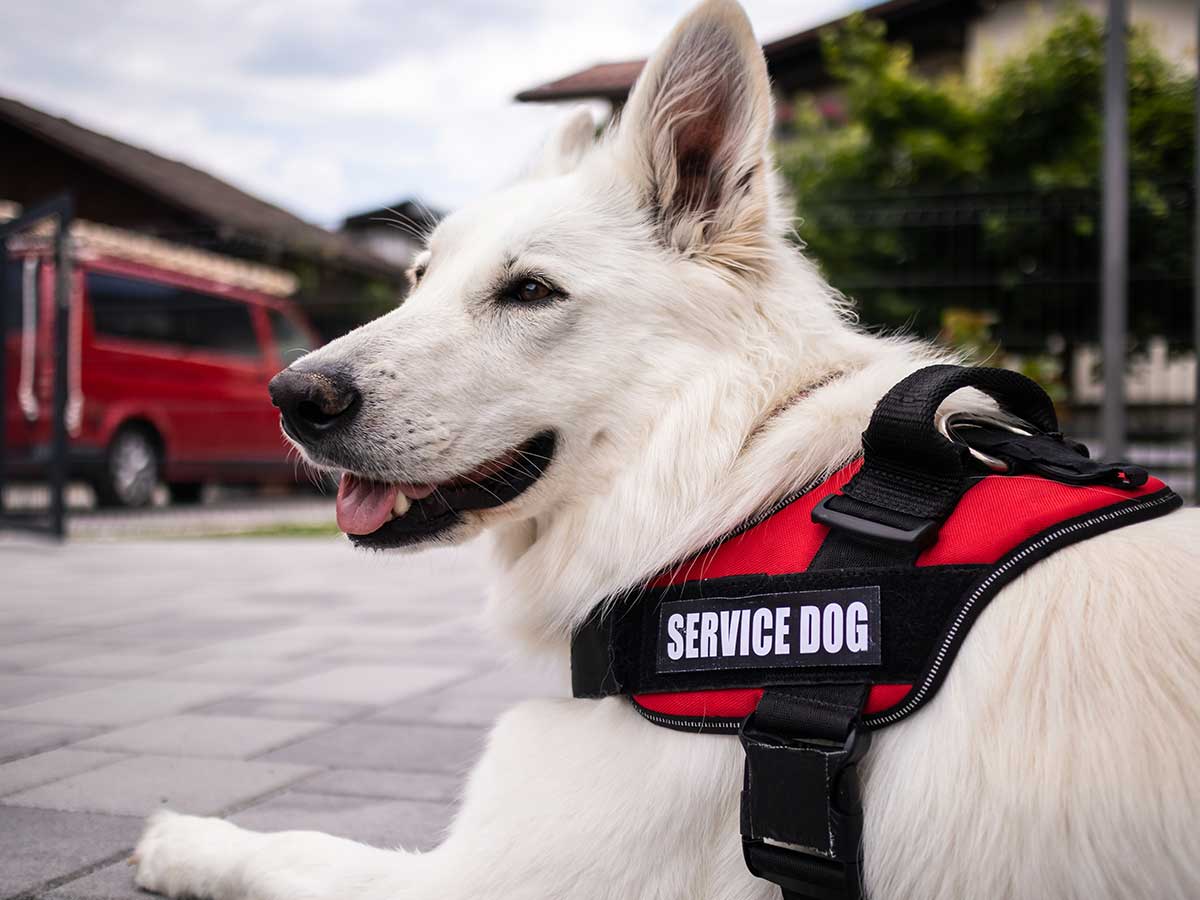Although young children shouldn’t be given total responsibility for pet care, learning the basics can keep both them and your pets safe and sound.
If you’ve recently brought a cat or dog into your home, congratulations. Not only can a pet become a child’s best friend, but exposing young ones to an animal’s germs actually may be healthy; a recent study1 found they help build up kids’ immune systems.
Having a pet is also a good way to teach kids responsibility. How much a child should be involved in pet care depends on his or her age. Babies and pets should not be left alone together.
Toddlers need lots of supervision as they can be unintentionally rough. To them, pets are like moving stuffed animals. Megan J., a mother and pet parent to a two-year-old Siamese cat, says to teach gentleness, “Take [your child’s] hand firmly and guide him through petting the dog/cat. Tell your child, ‘We touch the cat softly. We are nice to our cat,1 so that he hears positive words to go with the actions.”
Teach compassion by pointing out that pets have feelings beyond getting hungry and thirsty. They feel pain. They feel ashamed if they know they’ve done something wrong, and sad if they’re ignored. When children don’t make time for their pet, ask them to think about it from the dog or cat’s point of view: Why are you ignoring me? What did I do wrong?
Joan R., a mother and pet parent, said, “How children relate to animals will be reflected in how they react to other human beings, so it’s an important lesson even separate from treating the animal well.”
Do’s and don’ts
Do’s
● Do make kids part of the pet selection process
● Do help your kids understand that a pet is a pet for life
● Do involve them in preparing for the pet’s arrival
● Do teach kids not to interrupt a pet who is eating
● Do supervise kids as they learn to walk a dog on a leash
Dont’s
● Don’t let your child punish a pet for misbehaving
● Don’t let kids feed unhealthy treats or table scraps to pets
● Don’t make a kid responsible for animal-care chores beyond the child’s ability
● Don’t let your child try to ride a dog like a horse
● Don’t punish a child by threatening to get rid of the pet
The bottom line
“As with anything you introduce to a child, start slowly and reward good behavior,” advises Megan J. “Kids and dogs aren’t really that different when it comes to teaching them the right way to behave.”
Eliot D., a father and pet parent adds, “Consistency and establishing a routine go a long way. Before my two kids got pets, they agreed that they would be responsible. Every day they have to do their animal feeding and watering before the family eats. Once in a while, they slip up – but the cats have a way of reminding them!”
References:
1. Park, Alice. Study: Why Dogs and Cats Make Babies Healthier. Time Magazine. 2012-07-09.
Want to share this article?
More like this
Top five ways to love your pet
Your furry friend loves you unconditionally, so show your dog or cat that you love them right back.
Choosing a litter box
Fluffy is unique, so her litter box should be too. Make sure you’re choosing the right one.
Could you raise a service dog?
Interested in raising a service dog? Here’s what you need to know.





 Go To United States
Go To United States Austria
Austria Belgium
Belgium Czech Republic
Czech Republic Denmark
Denmark Europe
Europe Finland
Finland France
France Germany
Germany Greece
Greece Hungary
Hungary Ireland
Ireland Israel
Israel Italy
Italy Netherlands
Netherlands Norway
Norway Poland
Poland Portugal
Portugal Romania
Romania Spain
Spain Sweden
Sweden Turkey
Turkey United Kingdom
United Kingdom